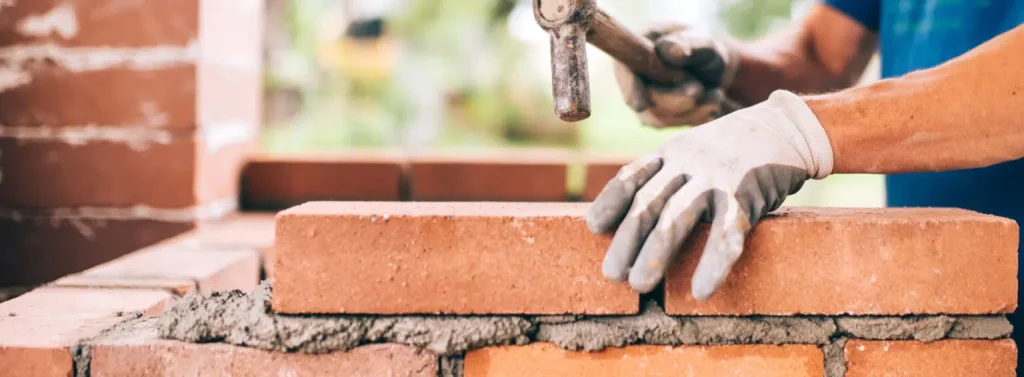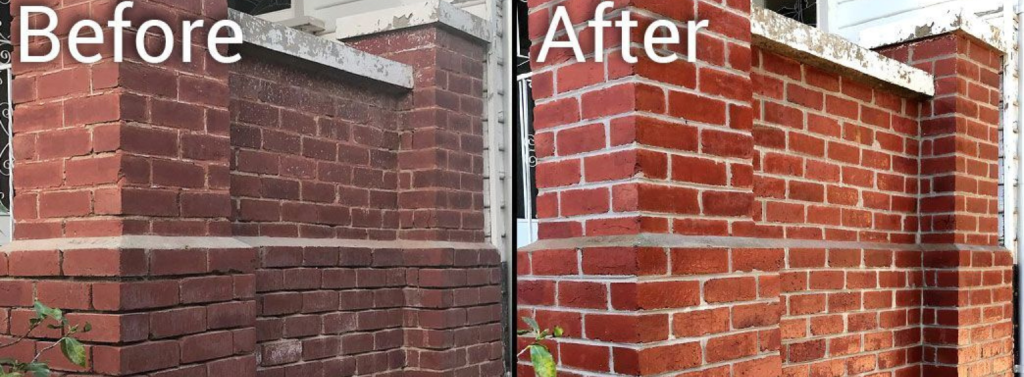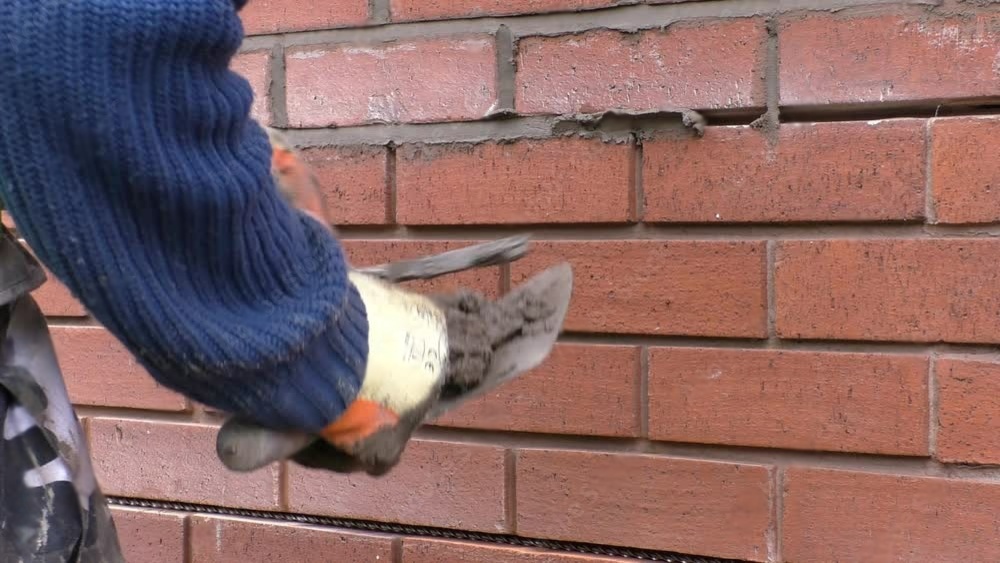Tuckpointing is a specialized masonry technique crucial for preserving the appearance and structural integrity of brick and stone walls. This process involves repairing mortar joints to prevent water infiltration and maintain wall strength. Understanding the tuckpointing process and its significance is essential for homeowners and building managers aiming to protect their properties.
The Tuckpointing Process
1. Inspection and Assessment
The first step in tuckpointing is a thorough inspection of the brickwork. Professionals evaluate the damage to mortar joints, identifying areas of deterioration. This assessment determines the scope of necessary repairs.
2. Preparation
Preparation involves removing the deteriorated mortar from the joints. This step is vital for ensuring the new mortar adheres properly. Professionals use grinders or chisels to remove the old mortar to a depth of approximately ¾ inch.
3. Mixing Mortar
The next step is mixing new mortar that matches the color and composition of the original. Ensuring a color match is crucial for maintaining the wall’s aesthetic consistency. The type of mortar used may vary depending on the age and type of masonry.

4. Application of New Mortar
Once the mortar is ready, it is applied to the joints using pointing trowels. The new mortar is packed tightly into the joints to ensure a strong bond, with care taken to avoid getting mortar on the faces of the bricks or stones.
5. Creating the Tuck Point
After applying the new mortar, a thin line of contrasting mortar (often white) is added to the joint center to create the “tuck” point. This technique gives the appearance of fine joints, resulting in a crisp, clean look.
6. Finishing Touches
The final step involves smoothing and shaping the mortar joints to match the original style. This step enhances the wall’s appearance and ensures the joints are compact and water-resistant.
Why Tuckpointing is Important
1. Structural Integrity
Over time, mortar joints deteriorate due to weather exposure, settling, and general wear and tear. Tuckpointing restores these joints’ strength, preventing further masonry damage and maintaining the wall’s structural integrity.
2. Moisture Prevention
Damaged mortar joints allow water to seep into the wall, leading to mold growth, rot, and freeze-thaw damage. Tuckpointing seals these gaps, preventing moisture penetration and protecting the building from water-related issues.
3. Aesthetic Appeal
Tuckpointing significantly improves the visual appeal of brick or stone walls. By creating neat, well-defined joints, it enhances the masonry’s overall appearance, making it look well-maintained and attractive.

4. Cost-Effective Maintenance
Regular tuckpointing is a cost-effective way to maintain masonry structures. Addressing mortar issues early prevents more extensive and expensive repairs in the future.
5. Increased Property Value
Well-maintained masonry not only looks better but also adds to the property’s value. Potential buyers and tenants are more likely to be attracted to buildings with intact, aesthetically pleasing brickwork.
Conclusion
Tuckpointing is essential for maintaining the beauty and durability of brick and stone masonry. Understanding the process and importance of this technique ensures buildings remain structurally sound and visually appealing for years to come. Regular tuckpointing not only prevents costly repairs but also enhances property value and longevity.
Contact Us
Call Us: 443 551 0006
Website: www.usabuildersanddevelopers.com
Address: 2144 Priest Bridge Court, Suite 8, Crofton, MD 21114, USA

